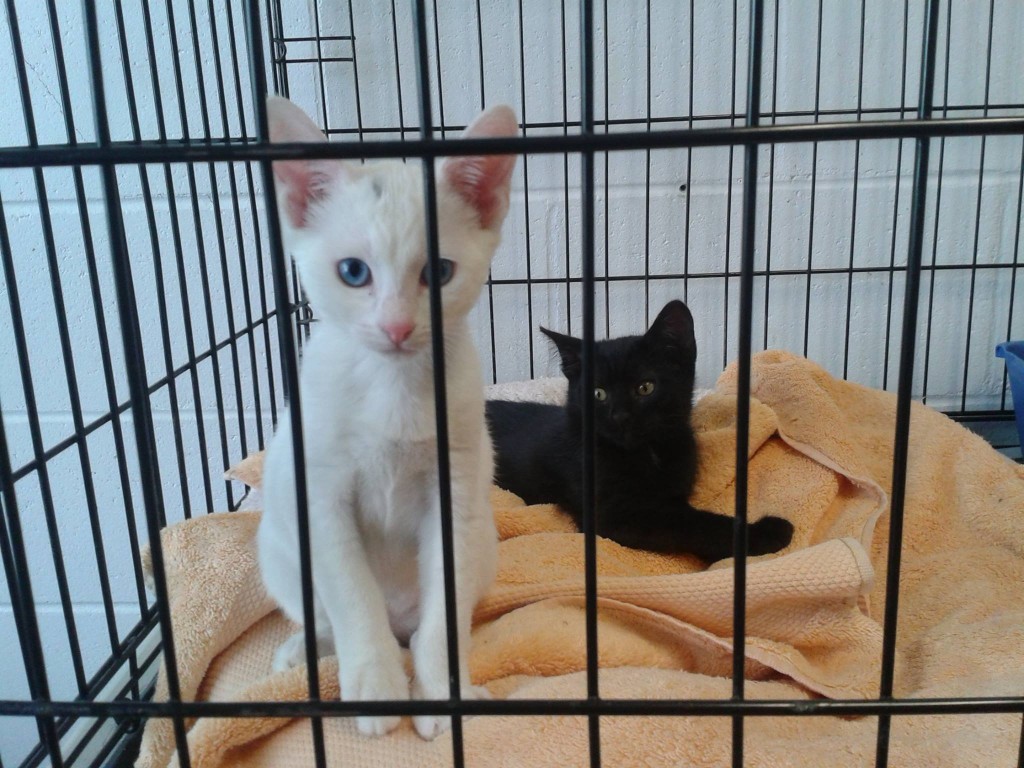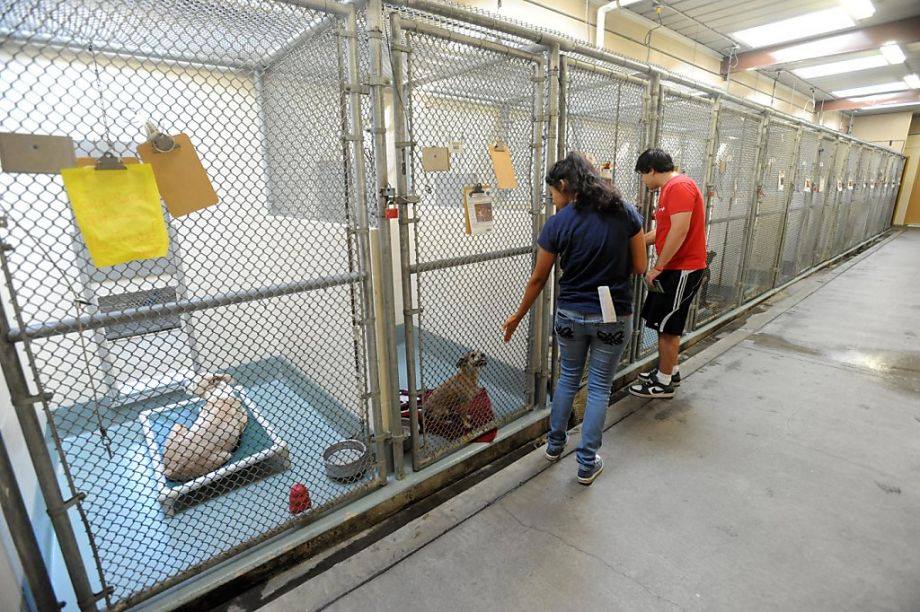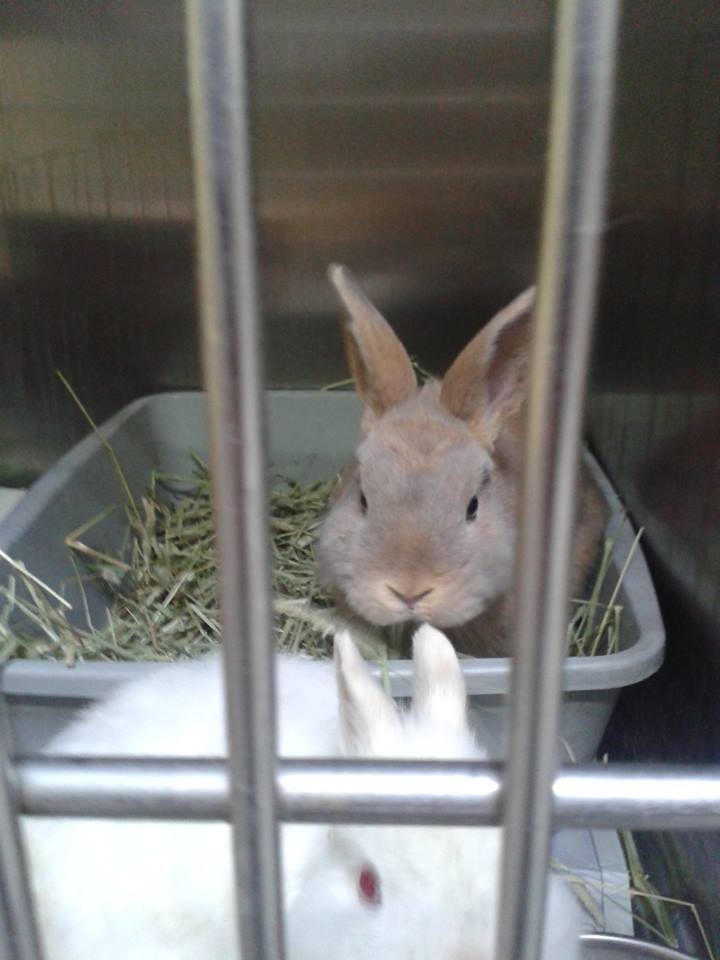
Finding the City of Alameda’s animal shelter is a challenge. As I set out for a meeting there, it struck me as I drove into the parking lot that GPS has probably saved a lot of lives in shelters across the country. It is set deep in the back of an industrial zone, past waste management and other government buildings, down a dead end street. As many shelters across the country are, it was purposely built in the cheapest way, in an out of the way location, to warehouse and kill animals at the lowest possible cost. And once, that is what they did. At one point, refusing to ignore the lack of veterinary care for the animals and unacceptable rates of killing, the volunteers revolted and the city fired them all. But that was another time, another administration, worlds away from where the shelter is today.
By 2010, with rising costs, the City was spending close to $1,000,000 a year running the shelter and was looking to find a way out. Enter the Friends of the Alameda Animal Shelter (FAAS). Almost three years ago, this group of volunteers put in a bid to take over running it, offering to do it for $300,000 a year. The group fundraises to make up the difference. In all fairness, the City’s police department continues to run animal control field services, but the deal—which the City accepted—nonetheless amounted to a significant savings: about half a million dollars annually. It turned out to be the classic win-win. Today, FAAS saves well over 90% of all animals who enter the shelter. And while there is always room for improvement, on my recent visit, it showed. At the shelter, I met committed staff members, well-cared for animals, and animal control officers coming and going with a smile on their faces, the look of people satisfied with a job well done. As soon as I walked in, someone said hello, asked me if I need help, told me about the 16 white kittens they had, and asked if I wanted to adopt one, all before I had the opportunity to say hello back. What a breath of fresh air.
They are part of a growing number of shelters that have rejected the excuses of why ending the killing animals is impossible, of why things have to be done the same way year after year, of why there is no choice but to accept the deadly results. And they are not alone. While I was at the Alameda shelter, I received this comment on my Facebook page from someone in Petaluma, another city in the San Francisco Bay Area once beset by public acrimony over poor care of animals and high rates of killing (it has been slighted edited for readability):
“We figured out how to save over 97% of ALL our animals in an open admission city pound. By doing so, we have tons of donations, tons of volunteers, and tons of happy adopters. We run out of animals! In my experience, animal advocates arguing that we ‘have to kill’ animals (followed by the usual excuses:) is false: Kill shelters are on the way out. Modern, high achieving shelters are going to make sure of that.”
The City of Alameda is living proof.

Although my meeting was with a human, I met with some kittens, too. The two kittens above are just a small number of the dozens available for adoption. There were dogs of all sizes. And a fair number of rabbits.

I was glad to see that in addition to dogs and cats, no bunny was left behind:
————-
Have a comment? Join the discussion by clicking here.